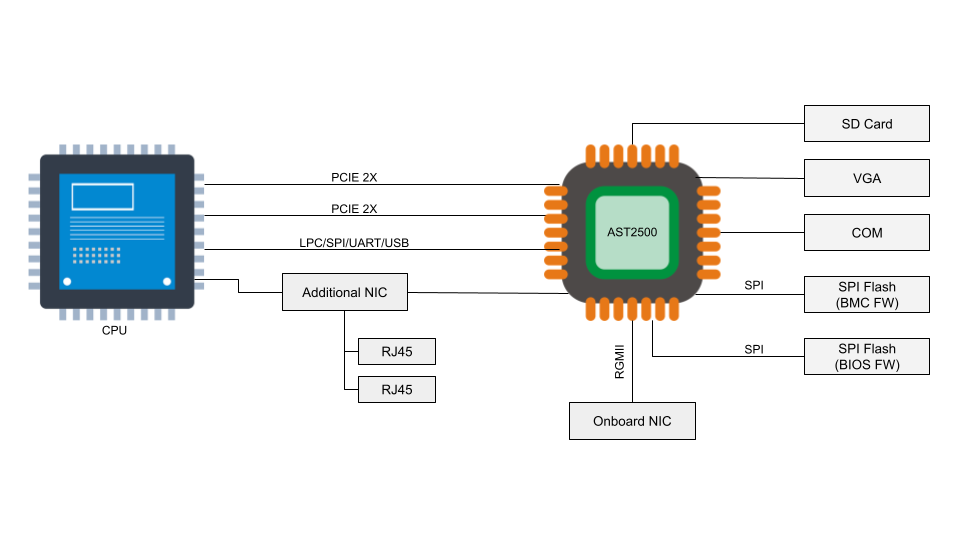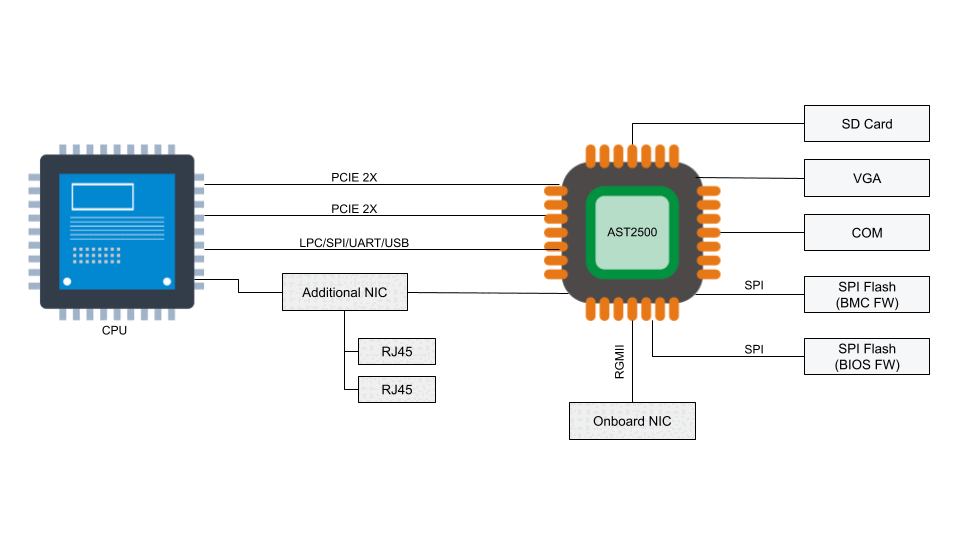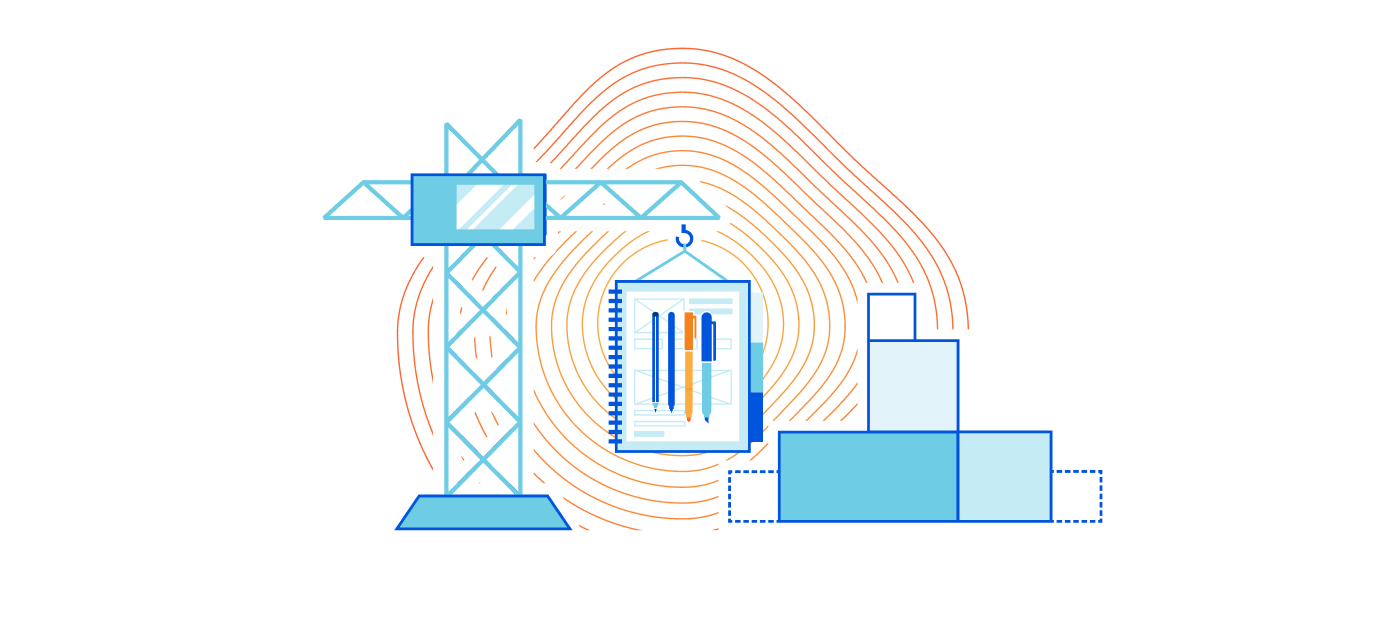Video: Ugly Challenges of Using AI/ML in Networking
Javier Antich concluded the AI/ML in Networking webinar with the ugly challenges of using AI/ML in networking. I won’t spoil the fun, you REALLY SHOULD watch the video (keeping in mind he was trying to stay polite and diplomatic).
Video: Ugly Challenges of Using AI/ML in Networking
Javier Antich concluded the AI/ML in Networking webinar with the ugly challenges of using AI/ML in networking. I won’t spoil the fun, you REALLY SHOULD watch the video (keeping in mind he was trying to stay polite and diplomatic).
Day Two Cloud 148: Understanding Cloud Security Roles And Responsibilities
If you're a security or network professional wondering if your skills aren't as applicable or useful when it comes to public cloud, don't worry: they are very, very useful. On today's Day Two Cloud podcast we talk with Brandon Carroll on how to properly map traditional infrastructure and network security to public cloud deployments.Pros and Cons of Radio Networking
Radio networking is a wireless communication method that uses radio waves to connect devices. It is commonly used in computer networks, cell phone networks, and other devices that need to communicate wirelessly.
Radio networking is often used in situations where it is not possible or convenient to use wired networking, such as in mobile or portable applications. Radio networking can be either peer-to-peer or infrastructure.
In peer-to-peer networking, each device acts as both a transmitter and receiver, and there is no central access point. Infrastructure networking uses one or more access points that act as repeaters, amplifiers, and signal boosters to extend the range of the network.
Advantages of radio networking
Radio networking has many advantages over other types of wireless communication. It is very reliable and can work in a variety of environments. Radio networking is also very secure and can be encrypted to protect data. Radio networking is also very fast and can support high-speed data transfers.
Low start-up costs
One of the biggest advantages of radio networking is that it has very low start-up costs. All you need is a radio transmitter and receiver, and you can start communicating.
This makes radio networking ideal for Continue reading
Broadcom Bolsters Enterprise Efforts with $61 Billion VMware Acquisition
Recently spun off VMware is to be acquired by Broadcom in the company's efforts to bolster its enterprise software presence.HS 024 – Is Shadow IT a Good Thing
Shadow IT does not always lead to bad outcom
The post HS 024 – Is Shadow IT a Good Thing appeared first on Packet Pushers.
HS 024 – Is Shadow IT a Good Thing
Shadow IT does not always lead to bad outcomCloudflare’s approach to handling BMC vulnerabilities


In recent years, management interfaces on servers like a Baseboard Management Controller (BMC) have been the target of cyber attacks including ransomware, implants, and disruptive operations. Common BMC vulnerabilities like Pantsdown and USBAnywhere, combined with infrequent firmware updates, have left servers vulnerable.
We were recently informed from a trusted vendor of new, critical vulnerabilities in popular BMC software that we use in our fleet. Below is a summary of what was discovered, how we mitigated the impact, and how we look to prevent these types of vulnerabilities from having an impact on Cloudflare and our customers.
Background
A baseboard management controller is a small, specialized processor used for remote monitoring and management of a host system. This processor has multiple connections to the host system, giving it the ability to monitor hardware, update BIOS firmware, power cycle the host, and many more things.

Access to the BMC can be local or, in some cases, remote. With remote vectors open, there is potential for malware to be installed on the BMC from the local host via PCI Express or the Low Pin Count (LPC) interface. With compromised software on the BMC, malware or spyware could maintain persistence on the server.

How we treat content as a product


At Cloudflare, we talk a lot about how to help build a better Internet. On the Product Content Experience (PCX) team, we treat content like a product that represents and fulfills this mission. Our vision is to create world-class content that anticipates user needs and helps build accessible Cloudflare products. We believe we can impact the Cloudflare product experience and make it as wonderful as possible by intentionally designing, packaging, and testing the content.
What is “content like a product”?
I like taking on projects. A singular goal is met, and I clearly know I’m successful because the meaning of “done” is normally very clear. For example, I volunteer some of my time editing academic papers about technology. My role as an editor is temporary and there is a defined beginning and end to the work. I send my feedback and my task is largely complete.
“Content like a product” is when you shift your mindset from completing projects to maintaining a product, taking into consideration the user and their feedback. Product content at Cloudflare is an iterative, living, breathing thing. Inspired by the success of teams that adopt an agile mindset, along with some strategic functions you might find Continue reading
Kubernetes Unpacked 001: Prerequisites For Kubernetes Success
Welcome to the inaugural episode of Kubernetes Unpacked, a new podcast in the Packet Pushers Community Channel. The goal of this podcast is to help IT professionals understand Kubernetes: how it works; how and why it's used; how to deploy, operate, and manage the platform on premises and in the cloud; Kubernetes networking and security concepts; and more.
The post Kubernetes Unpacked 001: Prerequisites For Kubernetes Success appeared first on Packet Pushers.
Kubernetes Unpacked 001: Prerequisites For Kubernetes Success
Welcome to the inaugural episode of Kubernetes Unpacked, a new podcast in the Packet Pushers Community Channel. The goal of this podcast is to help IT professionals understand Kubernetes: how it works; how and why it's used; how to deploy, operate, and manage the platform on premises and in the cloud; Kubernetes networking and security concepts; and more.Worth Reading: Resolverless DNS
Every network engineer should be familiar with the DNS basics – after all, all network failures are caused by DNS… unless it’s BGP.
The May 2022 ISP Column by Geoff Huston is an excellent place to brush up on your DNS basics and learn about new ideas, including a clever one to push DNS entries that will be needed in the future to a web client through a DNS-over-HTTPS session.
Worth Reading: Resolverless DNS
Every network engineer should be familiar with the DNS basics – after all, all network failures are caused by DNS… unless it’s BGP.
The May 2022 ISP Column by Geoff Huston is an excellent place to brush up on your DNS basics and learn about new ideas, including a clever one to push DNS entries that will be needed in the future to a web client through a DNS-over-HTTPS session.